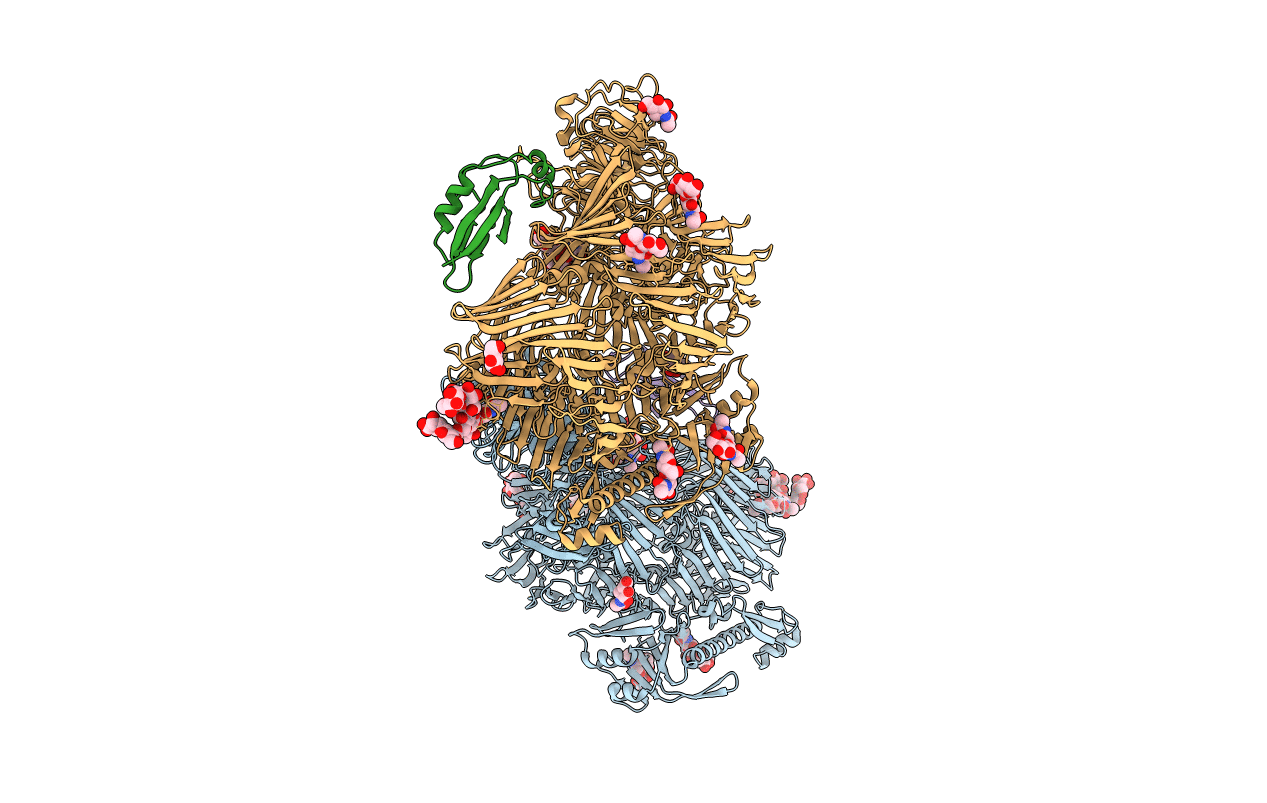
Deposition Date
2019-08-15
Release Date
2020-02-12
Last Version Date
2024-11-20
Entry Detail
Biological Source:
Source Organism:
Gallus gallus (Taxon ID: 9031)
Mus musculus (Taxon ID: 10090)
Mus musculus (Taxon ID: 10090)
Host Organism:
Method Details:
Experimental Method:
Resolution:
3.62 Å
R-Value Free:
0.26
R-Value Work:
0.27
R-Value Observed:
0.27
Space Group:
P 1


